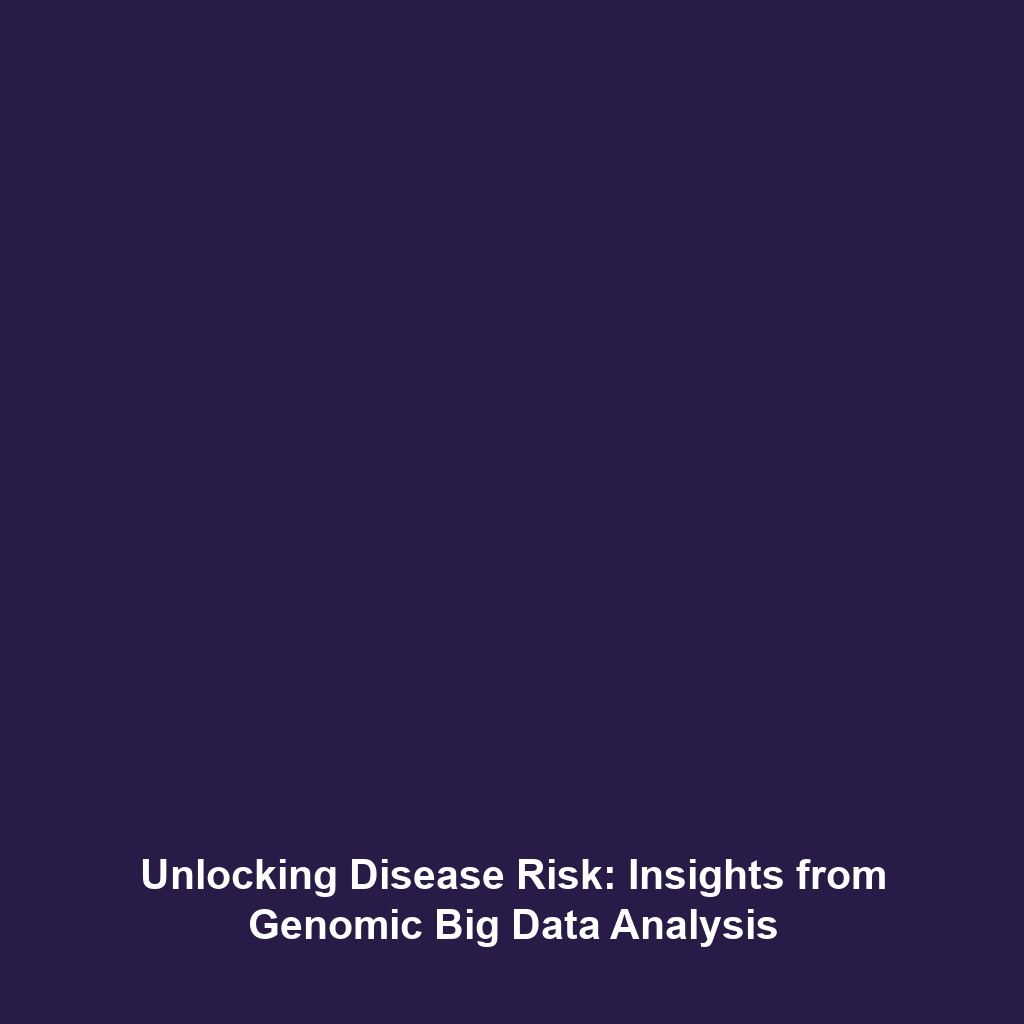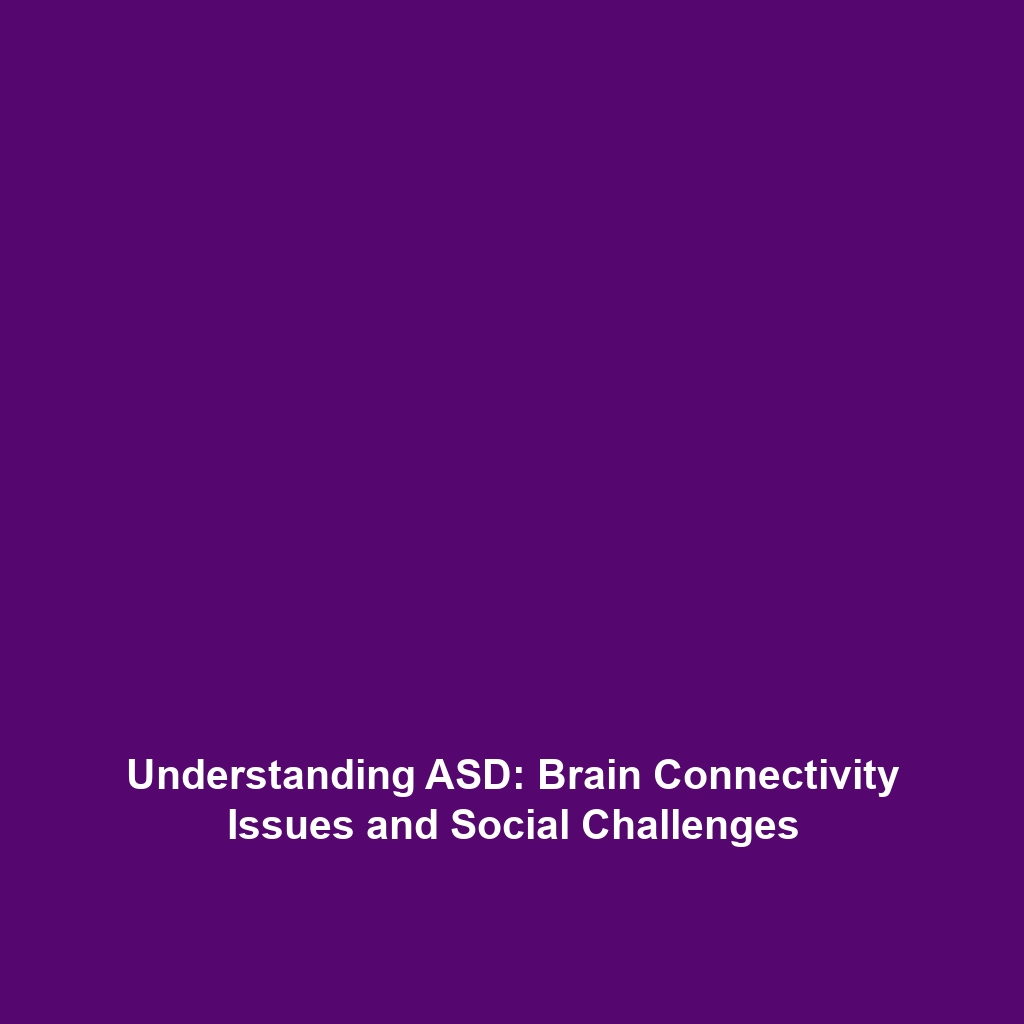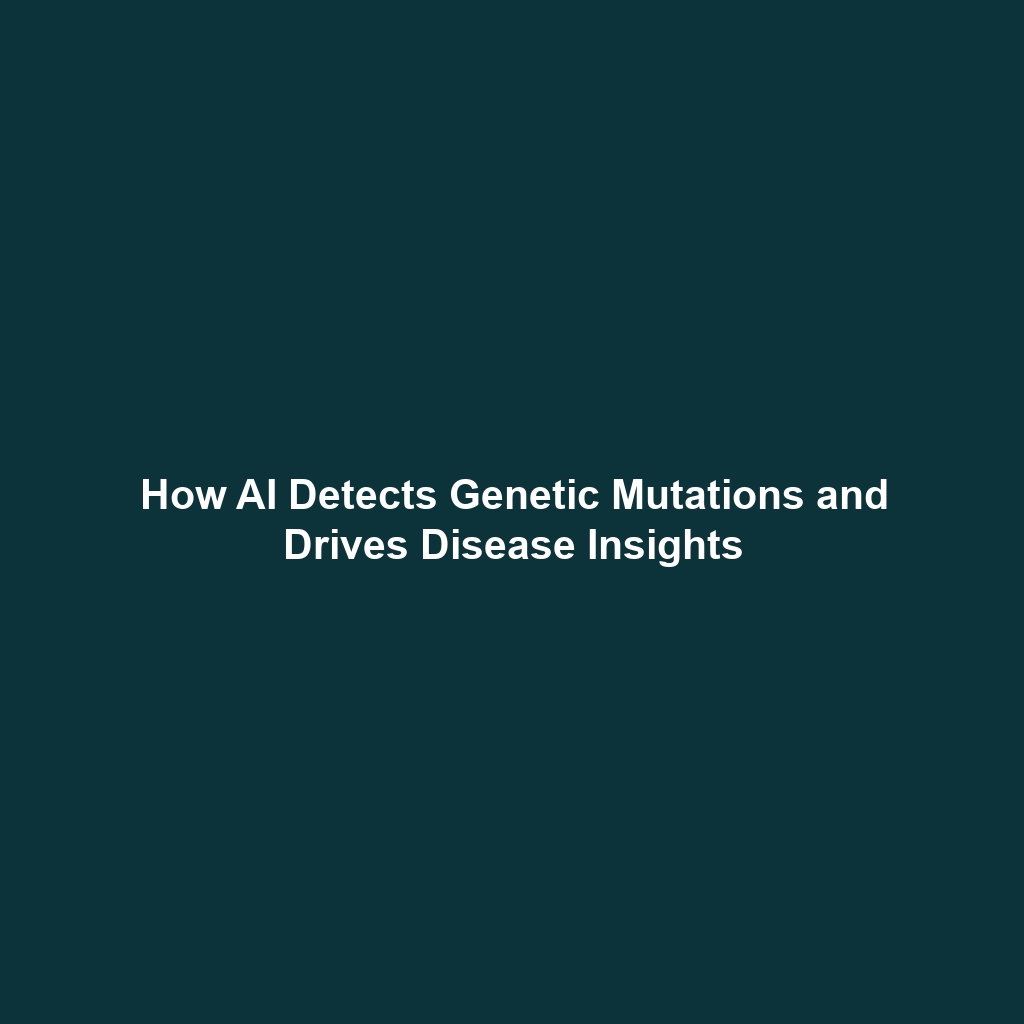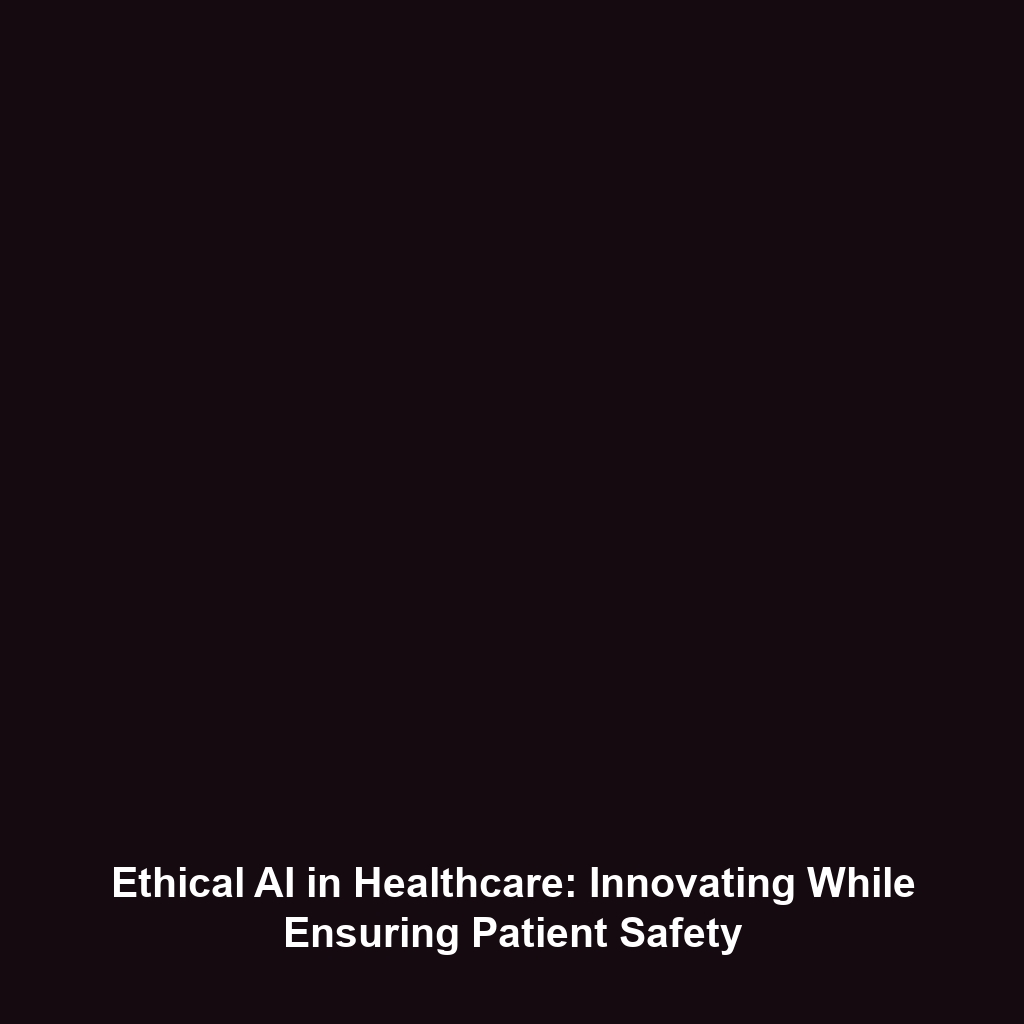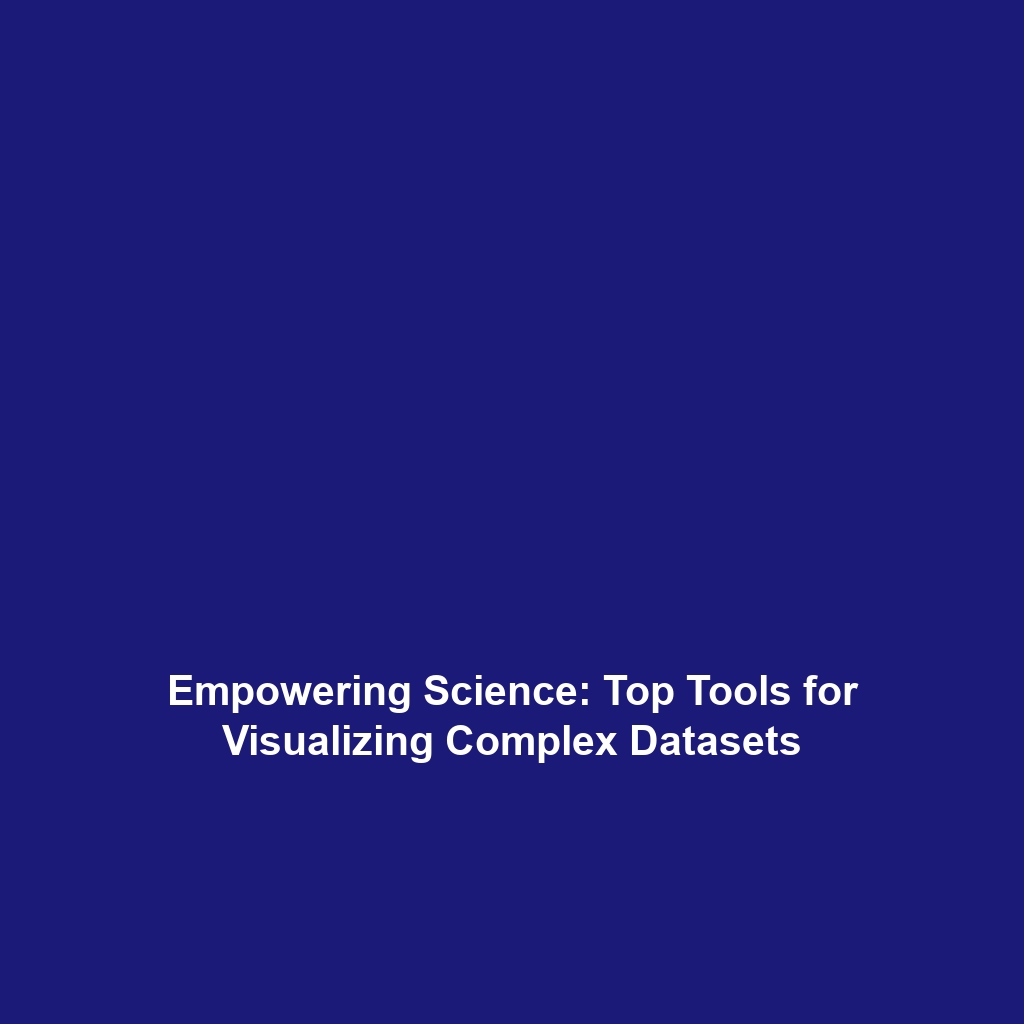Challenges in Preventing Off-Target Effects in Cancer Treatment
Introduction
The advent of CRISPR gene editing has revolutionized biomedical research and cancer treatment, offering unprecedented precision in genetic modifications. However, a critical challenge persists—preventing off-target effects, which can undermine therapeutic efficacy and safety. Off-target effects occur when the CRISPR-Cas9 system unintentionally edits genes other than the intended target, potentially leading to adverse consequences in cancer therapies. Understanding and overcoming these challenges is essential for advancing CRISPR gene editing to enhance its reliability and application in oncology.
Key Concepts
Understanding Off-Target Effects
Off-target effects are unintended modifications in the genome, causing alterations that may lead to undesirable outcomes. Key concepts associated with this phenomenon include:
- Specificity: The ability of CRISPR to accurately target only selected sequences.
- Guide RNA design: The effectiveness of guide RNAs (gRNAs) in minimizing unintended interactions.
- Validation techniques: Various methods to measure and verify on-target versus off-target editing.
The significance of addressing these challenges is especially prominent in cancer therapy, where precision is crucial in targeting cancer cells without affecting healthy tissue.
Applications and Real-World Uses
The implications of preventing off-target effects in cancer treatment are profound. Some of the most significant real-world applications include:
- Targeted gene therapies: Utilizing CRISPR to correct mutations traditionally associated with hereditary cancers.
- Immune system enhancement: Modifying immune cells to better recognize and destroy cancer cells while avoiding damage to healthy cells.
- Personalized medicine: Tailoring CRISPR applications to individual patient genetics to ensure maximum efficacy with minimal risks.
Understanding how preventing off-target effects is used in CRISPR gene editing is crucial for ensuring safe and effective cancer treatments.
Current Challenges
The challenges of preventing off-target effects in cancer treatment within CRISPR gene editing are manifold, including:
- Identification of all potential off-target sites, which can be labor-intensive and complex.
- Inherent variability in how different cell types respond to CRISPR interventions.
- Limitations in current validation techniques, which may not catch all unintended modifications.
- Ethical concerns surrounding gene editing technologies and their implications for human health.
Engaging with these issues in CRISPR gene editing remains critical for the technology’s acceptance and application in clinical settings.
Future Research and Innovations
Looking ahead, several innovations promise to address the challenges of preventing off-target effects in cancer treatment:
- Next-generation sequencing technologies: Enhance the precision of detecting off-target effects.
- Refinement of gRNA design: Development of computational tools and algorithms to optimize gRNA specificity.
- Alternative gene editing technologies: Exploration of newer systems like CRISPR/Cas12 and base editors that may have fewer off-target effects.
- Regulatory frameworks: Establishing guidelines for the safe application of CRISPR technologies in clinical trials.
These breakthroughs continue to shape the landscape of CRISPR gene editing in oncology.
Conclusion
In summary, addressing the challenges in preventing off-target effects is vital for the future of CRISPR gene editing in cancer treatment. The successful navigation of these obstacles can lead to safer, more effective therapeutic options for patients. Continued research, innovation, and discussion within the scientific community are essential for realizing the full potential of this technology. For further insights into gene editing advancements, consider exploring related topics such as advanced gene therapies or an overview of CRISPR technologies.





